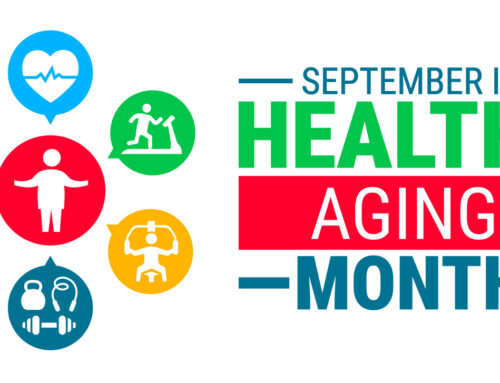It wasn’t that long ago that many American families had three generations living under one roof. While it probably wasn’t always as idyllic as it sounds, it did keep families together and allowed for intergenerational interaction. Kids could learn from both their parents and their grandparents and vice versa. So, it’s interesting that as Western societies in general are aging, there are now many programs designed to bring younger and older generations back together. FirstLantic profiles three programs that are bridging the generational gap and showing that society benefits as a result.
In Singapore, the population is aging quickly. In 1970, one in 31 Singaporeans was 65 or older; today. By 2030, it will be one in four, (Link: excerpt from book How to Live Forever: The Enduring Power of Connecting the Generations by Marc Freedman So the government of Singapore has come up with a plan to embrace that change. Intent on being the model for other aging societies, the country has put forth a national plan to invest $2.1 billion in USD which is a huge investment for a country roughly the size of Chicago. With that money, they have created the Action Plan for Successful Ageing which includes 70 initiatives covering a wide array of issues, including health care, volunteerism, employment, housing, transportation and protection for vulnerable elders. One example is St. Joseph’s, a nursing home that is combined with a daycare center. At the center of the facility, there is a playground which encourages interaction between the older residents and the children and fills the area with laughter and a sense of hope. And a primary school nearby has developed a mentoring program where students come to St. Josephs to be tutored by residents.
Closer to home there are some great examples of programs that are bridging the gap as well. Take the AARP Experience Corps which developed a program to mobilize retirees to help improve the reading skills of children from poorer neighborhoods. With over 2,000 volunteers working in more than 20 U.S. cities, they are helping over 30,000 students in elementary schools that are desperate for help. So far, the program has shown great promise. Students working with Experience Corps members have shown 60% gains in critical literacy skills compared to those without access to these older volunteers, according to research from Washington University in St. Louis.
Another groundbreaking example is Bridge Meadows in Oregon. The intergenerational living community brings together foster kids, their adoptive parents and elders. They describe their program in the following way, “Youth move from the instability and trauma of foster care to permanent homes with families. Their adoptive parents grow into stronger, more confident providers. Elders find safe, affordable housing and the chance to use their wisdom and experience to make a life-changing difference.” Residents tend to need less outside social resources as well because they support each other. This program has not only exceeded expectations by opening three communities, but it has also become a model for other states that are hoping to replicate their success.
These are just three of many examples of the positive side of bringing generations together. And for those of you that might be skeptics, a group called Generations United has put together some pretty amazing statistics that will change the perception of even the most skeptical. Older adults who regularly volunteer with children experienced fewer falls, were less reliant on canes, burn 20% more calories per week and performed better on memory tests than their peers. In schools where older adults were a regular fixture, children improved reading scores more compared to their peers at other schools. And youth involved in intergenerational mentoring programs are 46% less likely to begin using illegal drugs, 27% less likely to begin using alcohol, and 52% less likely to skip school.
An article in Next Avenue eloquently summed it up “As America ages, we must change how we see older adults and their ability to engage with their younger peers. The future of aging can only be enhanced if we recognize that our success and the national interest depend on connecting generations for good.”
To learn more about how you can get involved, FirstLantic has put together a list of resources:
Quantum Age
https://www.quantum-age.com/blog/why-intergenerational-programs-are-future-of-aging-services
Generations United
https://www.gu.org/
AARP
https://www.aarp.org/experience-corps/
One Generation.org
http://www.onegeneration.org/
Institute on Aging
Click here to read more FirstLantic blogs >
 AVAILABLE 24 HOURS A DAY/7 DAYS A WEEK
AVAILABLE 24 HOURS A DAY/7 DAYS A WEEK Careers
Careers






